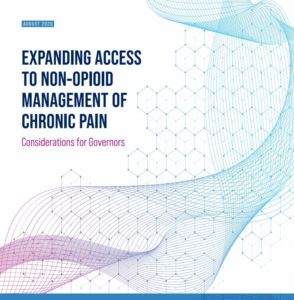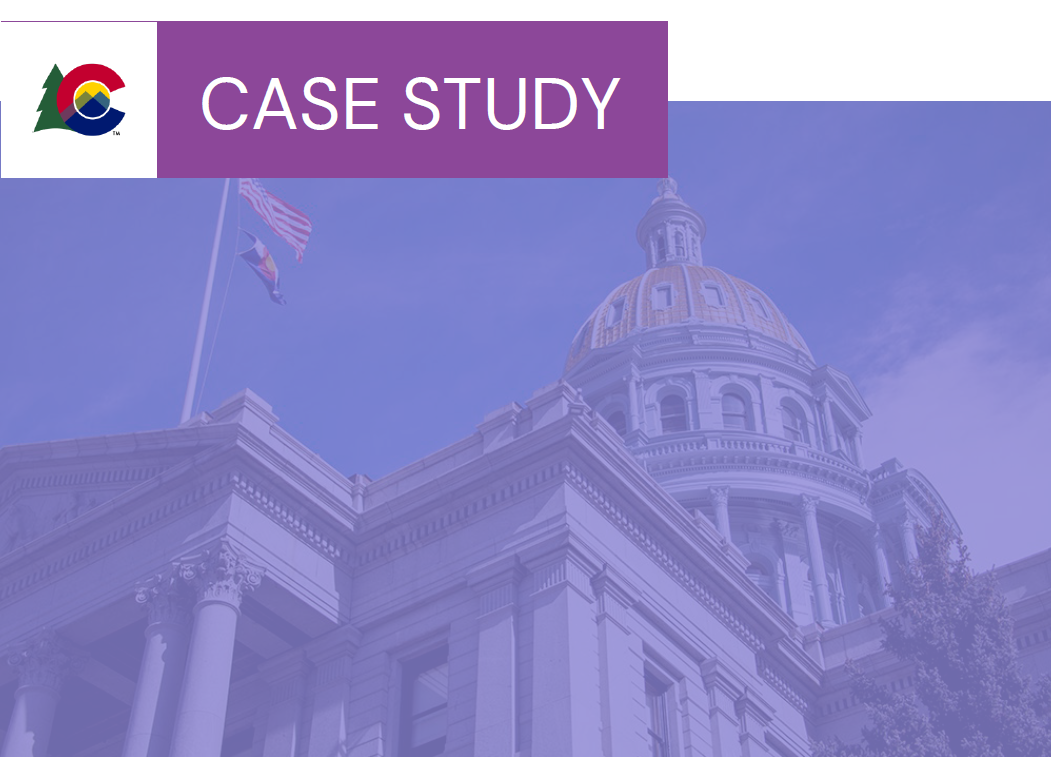This report synthesizes the existing evidence base for non-opioid therapies, examines Medicaid coverage policies, and identifies barriers and opportunities for scaling evidence-based integrated pain management delivery systems.
Executive Summary
The U.S. Centers for Disease Control and Prevention estimates that 70,980 Americans died of a drug-related overdose in 2019, an increase of 4.6% compared to 2018. At the same time, nearly 100 million Americans experience chronic pain and are often prescribed opioid painkillers. There is little evidence to support the long-term use of prescription opioids for noncancer-related chronic pain. In addition, long-term opioid therapy has known risks, such as opioid use disorder and overdose, particularly with high doses. Further, evidence exists that non-opioid therapies can be effective with less harm. Given the clear risks that opioids pose, reducing unnecessary prescriptions and increasing access to effective non-opioid* forms of pain management are important strategies states can use to confront the opioid overdose epidemic.
Governors are well situated to establish a vision for changes to pain management. They can direct their public health and Medicaid agencies to collaborate and design an approach to expand access to therapies such as physical and occupational therapy, behavioral health interventions or integrative and complementary approaches to manage common musculoskeletal conditions, such as low back pain, alongside prescription opioids. For patients with more complex, high-impact pain, scaling coordinated, interdisciplinary care management delivery models can promote cost-effective management of the biological, social and psychological drivers of pain.
To help states advance these approaches, in June 2018, the National Governors Association Center for Best Practices Health Division convened an expert roundtable with five states (Arizona, Delaware, Indiana, Oregon and Washington), federal officials, industry representatives and national pain specialists to discuss the opportunities for and challenges in improving access to non-opioid pain management through the Medicaid program.
- * “Non-opioid therapies” refers to both nonpharmacologic therapies (e.g., physical and occupational therapy, acupuncture, spinal manipulation) and non-opioid pharmacologic therapies (e.g., nonsteroidal anti-inflammatory drugs).














